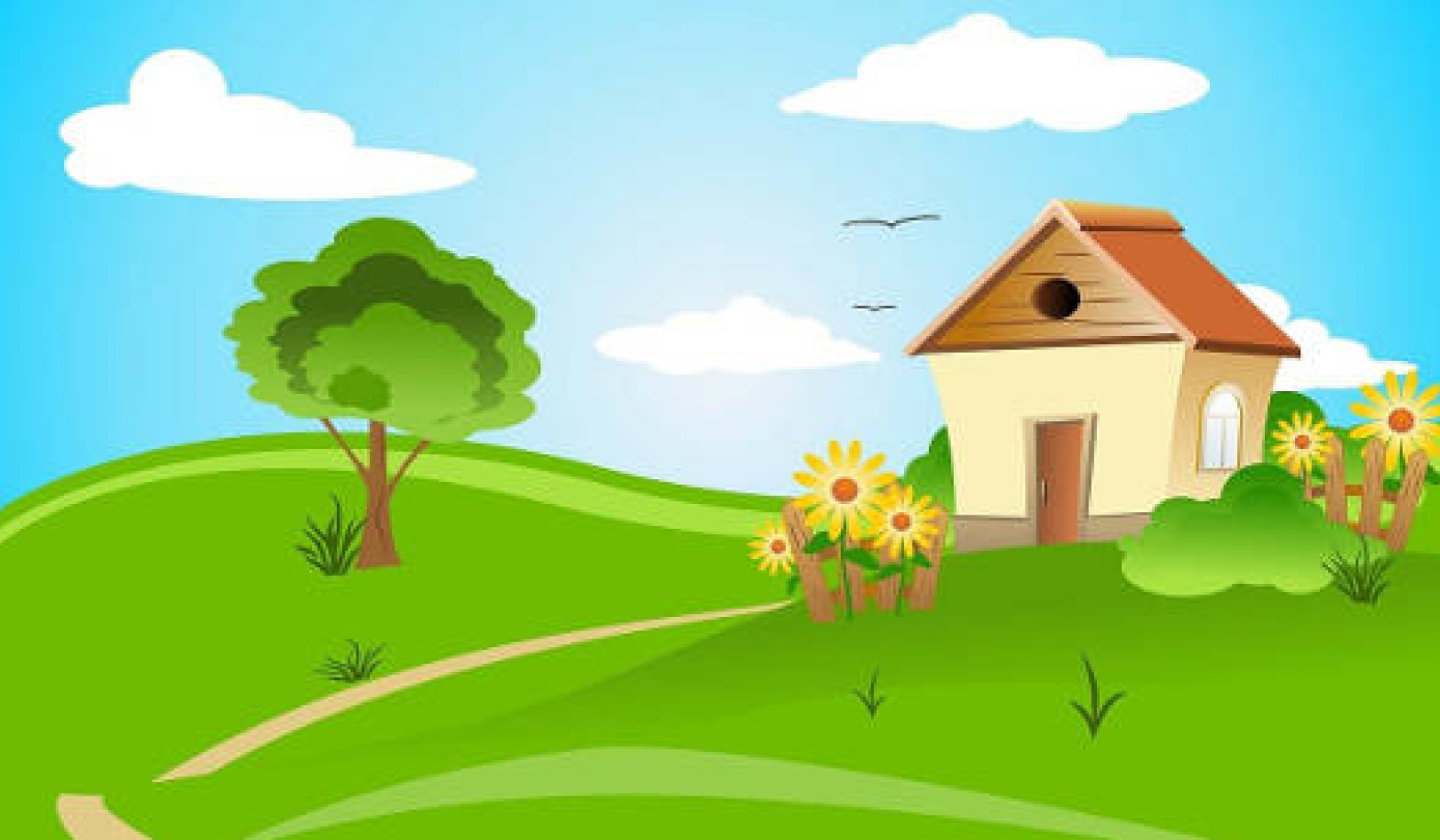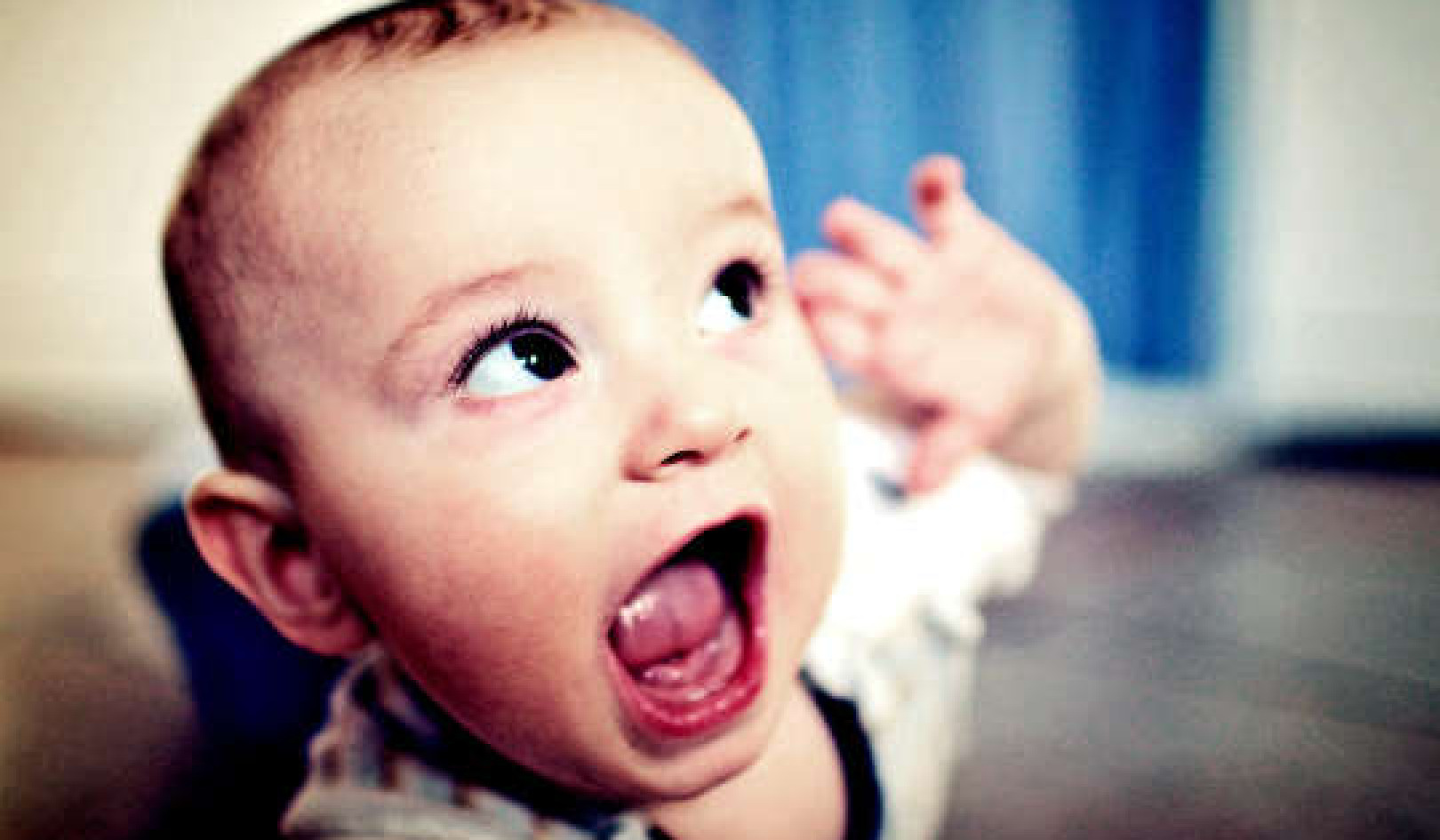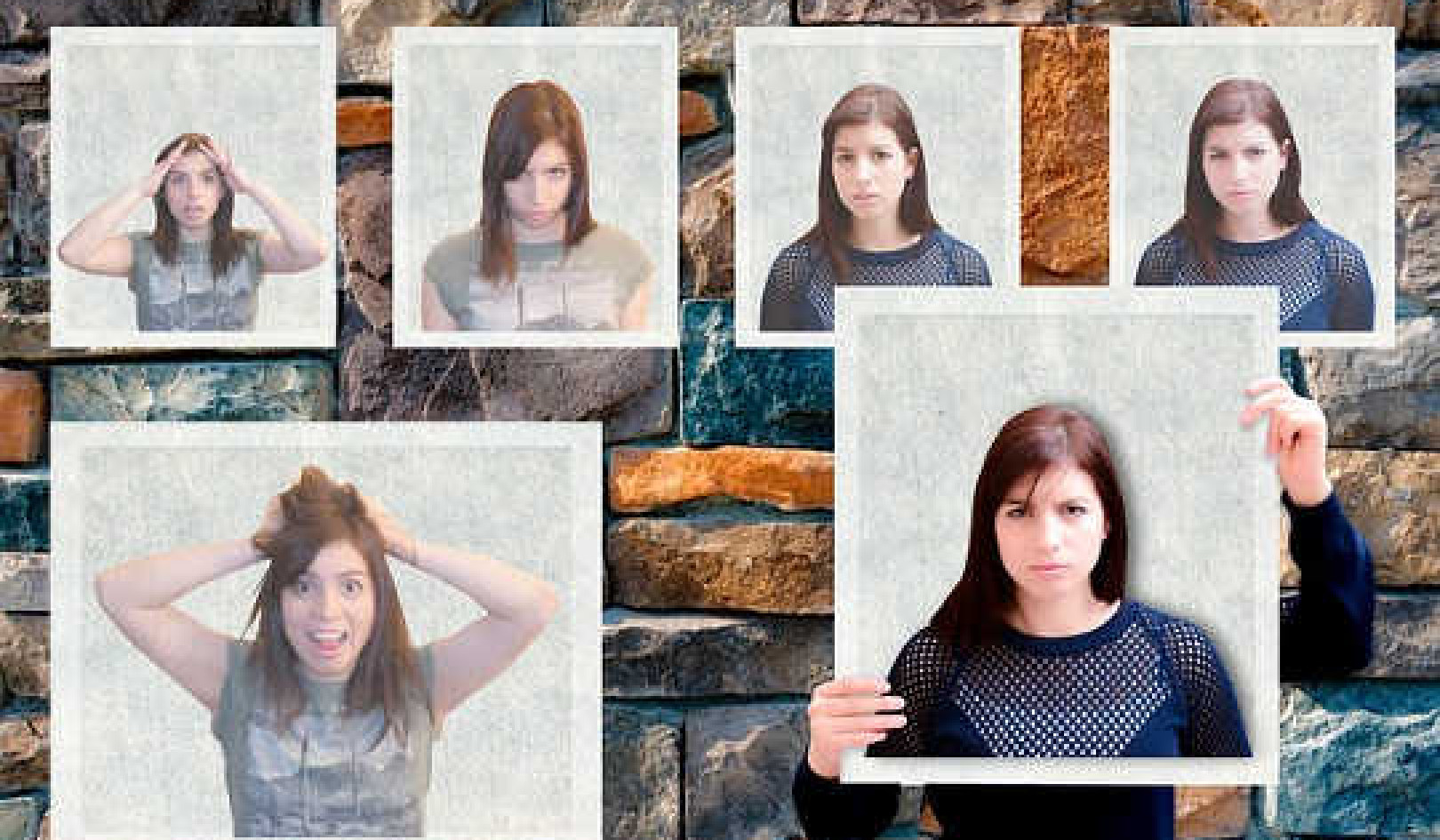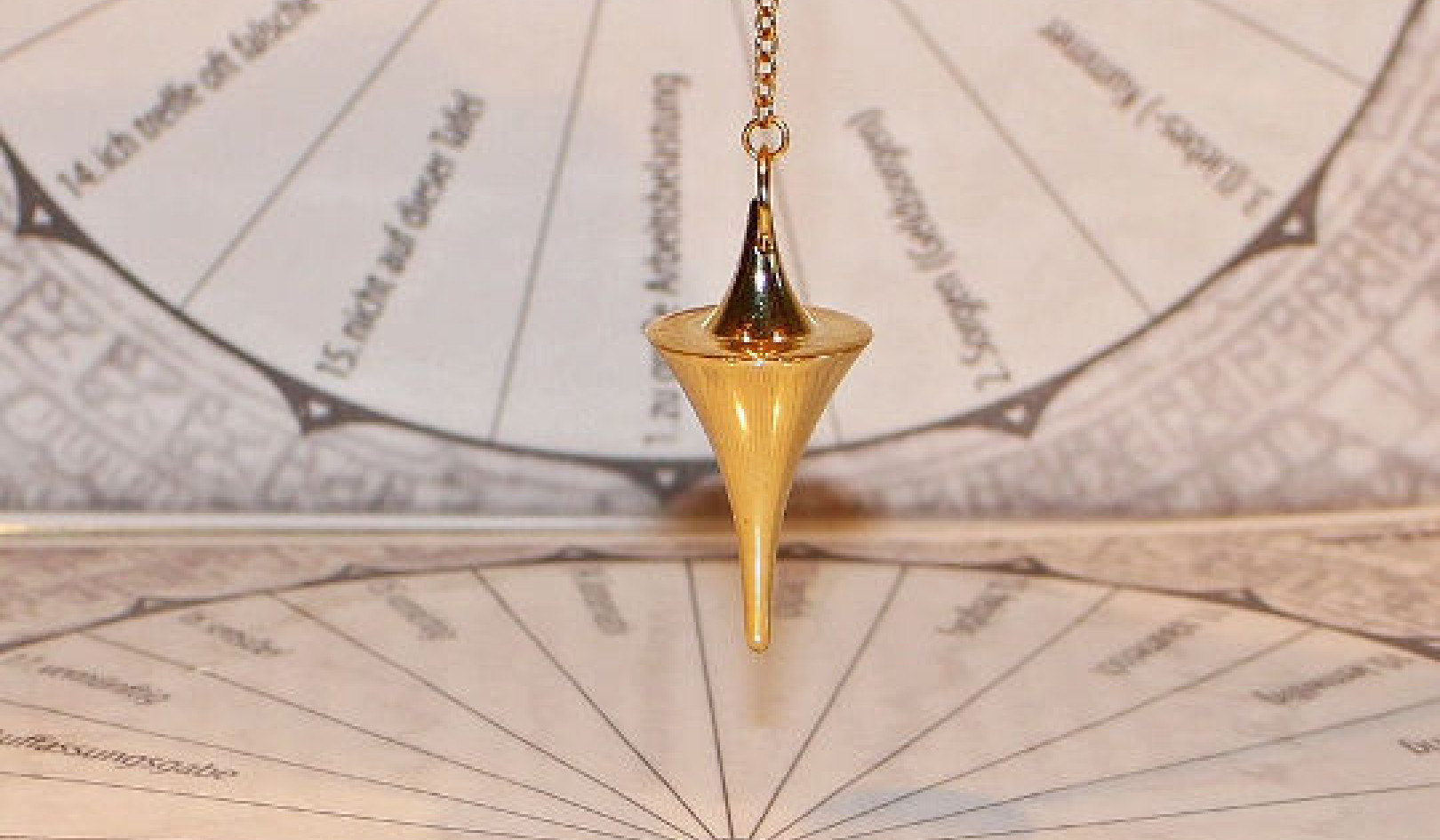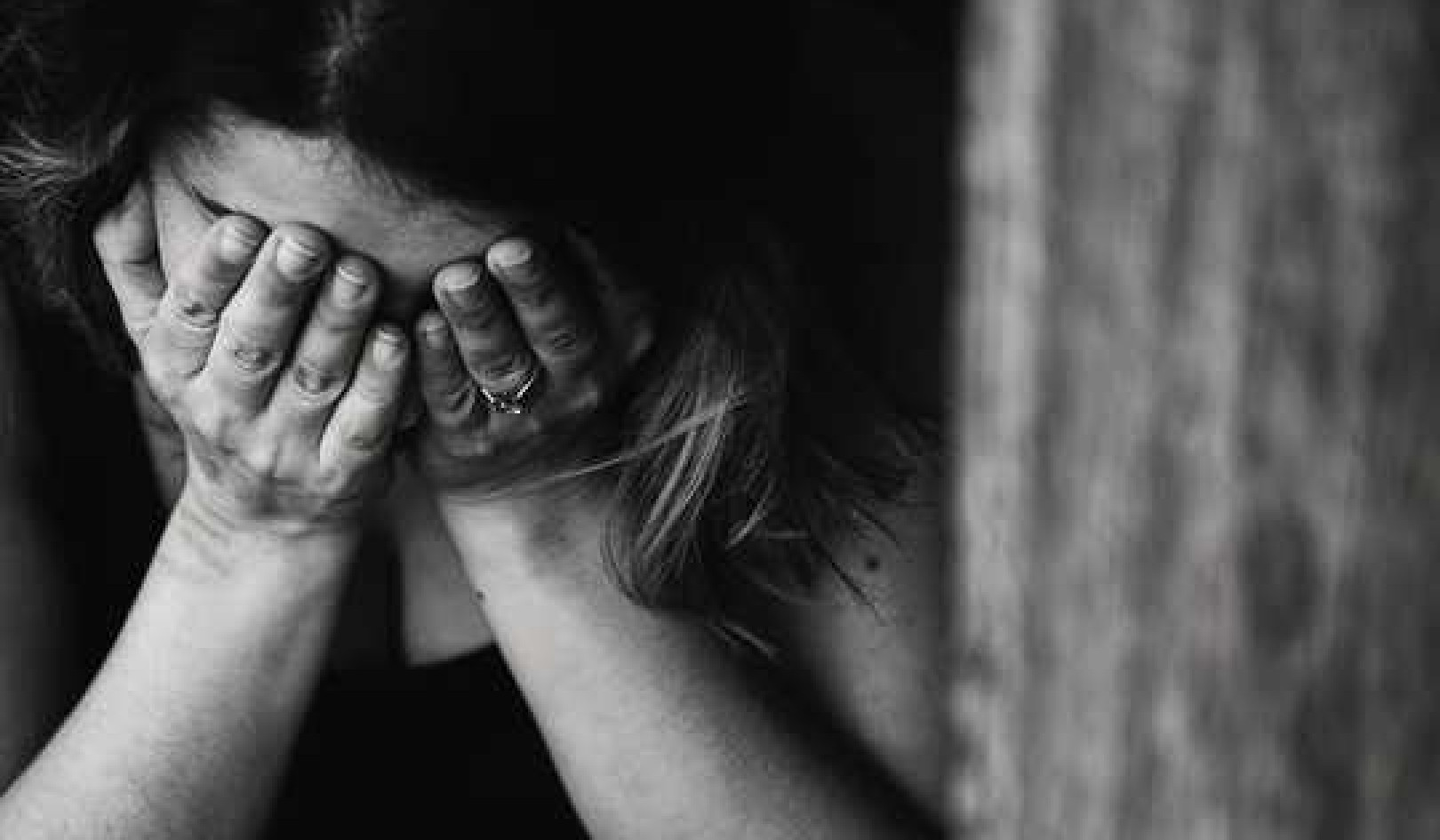 Photo: Max Pixel (cc0)
Photo: Max Pixel (cc0)
In order to connect with ourselves, we need to first connect to the earth. This process, called earthing, stands as one of the most important self-care practice we can do each day. When we’re cut off from the earth, we’re also cut off from our bodies, and then we can’t hear our inner wisdom telling us what we need to do next. We’re disconnected from our greatest inner resource — our embodied sense of home and wholeness.
Once again, scientific studies now tout what sages have known for centuries — there are tremendous physical benefits to earthing. Simply putting our bare feet on the ground outside for ten to twenty minutes a day helps to reduce chronic inflammation, the primary cause of virtually all diseases.
Since our skin serves as a conductor, when we touch any part of our skin to the earth, free electrons — the most powerful antioxidants available — flow from the earth into our bodies. Clinical studies have shown grounding experiments to cause beneficial changes in heart rate, decreased skin resistance, and decreased levels of inflammation.
Earthing: Letting The Earth Hold You
Earthing also helps to placate us emotionally and mentally by shifting our nervous system out of a stress response and into its parasympathetic, or “rest and digest,” mode. Just as crying babies calm down when we hold them, we too calm down when we feel held. Since it’s not always possible for another human being to hold us, we have to extend our awareness to what is already always holding us — the earth herself.
When it’s warm enough here in Colorado, I love practicing yoga barefoot in my backyard. If I’m in the throes of a busy day and feeling scattered, I’ll simply take a ten-minute break from my workday. I go outside, take off my shoes and socks, stand on the grass in a patch of sunlight. I always return to my desk feeling more energized, relaxed, and in touch with my inner resources.
One of the many wonderful advantages of the practice of earthing is that you can do it anytime, anywhere. You don’t need a patch of grass to do it! I did it when I waited for the teakettle to boil this morning and when I sat down at my desk to write. You can do it in the shower, even while waiting in line at a café. If you want to test yourself to see whether or not you’ve shifted your center of gravity from your head to your belly center, lift up one foot and close your eyes. If you can balance, you’re in your belly.
Adrianne, one of the sisters in the SHE School, observed,
I always associated earthing with my feet growing roots down to the earth only. It was very helpful to know that grounding comes from our belly. When I pinpointed the spot, it made all the sense in the world! I think for most of my life when I felt that rumble or sinking feeling in my belly, I thought I was hungry, so I just ate something. Now I see that in those cases what I’m really hungry for is a grounded connection to myself.
Like Adrianne, when you pause to actually feel your belly, you’re able to give yourself the deeper kind of nourishment that it’s usually asking for.
Cultivating an Inner Sense of “Home”
When first learning to feel at home within ourselves, we need calm, soothing environments to help us get grounded. In the SHE School, I asked women what helps them to feel like they’re “home.” Here are some of their responses:
- Walking outside among the trees
- Camping and sleeping outside
- My meditation cushion
- My yoga practice
- Playing with my nieces and nephews
- Cuddling with my dog
- Watching a movie in bed
- My husband’s chicken soup
- Swimming in the ocean
There’s nothing complicated about any of these things. Most are available to us every day. The more we immerse ourselves in these outer safe refuges, the more we’re able to mirror them inwardly. Then when we find ourselves feeling like we’re falling through the air with nothing to take hold of, we’re able to more easily cultivate a sense of ground within the only steady refuge we ever have — our own bodies.
Attuning to the Needs of Others
A shaman once warned me: “Watch out for anyone who can’t keep a plant alive. They are not connected to life and the earth.” Her words really stuck with me, because I used to be one of those people. It was only when I was thirty and moved to Boulder that I took on the task of filling my house with plants and keeping them alive.
To do so, I had to learn to tend to a life other than my own by attuning to their needs. Did they look wilted? On which days did what plants need watering, and how much? I learned to create a home for them, and in turn, for myself. We became a family, living and thriving together.
This was a huge step for me. Like many of us, I grew up in a dysfunctional family, where the imprint in my nervous system of unconditional holding, empathy, nourishment, and underlying harmony simply didn’t exist. I felt it wasn’t safe for me to express my needs, so I learned to ignore them and leave them unmet.
This left me feeling anxious, insecure, and unsafe. I then grew up with the underlying belief that the world is unsafe, everyone is a possible threat, and I’m a bad person, undeserving of love and happiness.
Now, as a grown woman, I understand that this self and worldview doesn’t serve anyone, and that most of us walk around either consciously or unconsciously feeling this way at some level. We all pass down wounds of not truly seeing or meeting one another from generation to generation, until someone in the family does the inner work required to create a new pattern.
Creating A Responsive, Loving, Safe Environment
As a key part of my healing over the past two decades, I’ve had to learn how to the create a responsive, loving, safe environment for myself that I lacked as a little girl, both internally and externally, just as I did for my plants.
John Welwood, who is one of my teachers and a Buddhist psychotherapist, author, and pioneer in psycho-spiritual inquiry, explains that everything in the universe needs to be held:
The earth is held in space....DNA is held within cells, and cells are held within the larger tissues and organs of the body. Leaves are held by a tree, trees are held by the dirt. And growing children are held within the family environment. [Perfect Love, Imperfect Relationships, John Welwood]
The same is true for us. We need to feel held within the container of our own loving awareness.
Unfortunately, as young children we all learned to disconnect from both our inner and outer “ground.” At some point in our formative years (usually before the age of eight), we all experienced a moment of tremendous openness. Maybe we ripped our clothes off and ran through the kitchen or squealed with joy in the middle of the supermarket. In that moment, our caretakers, most likely because of their own unmet suffering, were not able to receive our innocently uncensored rapture, much less support the vulnerability beneath it. Consequently, we learned that in order to stay safe and be loved, we needed to shut down.
We started to view our openness as threatening, so we strived to manage and control it in two primary ways — dissociating and armoring. Layer by layer, we covered over our instinctual natures with self-protective habits. From that point onward the walls between our inner and outer worlds continued to grow stronger and taller
Since our nervous systems weren’t fully developed as children, we didn’t have the inner tools required to help us process painful experiences when we were young. (Our prefrontal cortex, which enables emotional regulation and more sophisticated rationalization, doesn’t start to develop until adolescence, and our brains aren’t fully formed until we’re at least in our mid-twenties!) Plus, most of us didn’t get the empathic care we needed from those around us to process our complex feelings, either. We quickly discovered that it was simply too painful to feel, so we stopped listening to our own wise, internal guidance system.
Our feelings, and the needs they pointed to, weren’t okay to express, so we gave up even trying. Then, as our feelings revealed themselves through sensations in our body, we cut off from our bodies. The resulting tension created armor and iciness over our vulnerable feelings.
How many of us feel tight in our necks, chests, shoulders, and diaphragms? Sure, part of this is a result of our increasingly sedentary lifestyle, but part of it is based in this fundamental dissociation we experienced as children. When we felt threatened, we shielded our tender hearts and bellies.
Our necks too feel like thick steel cords, because they help to armor the flow of communication between our heads, hearts, and bellies. Our vibrant earth centers have become dark pits of frightening, undigested feelings.
As we grow older, it takes more and more energy to keep them there, hidden away from the light of day and our own loving awareness. Through this, we are left feeling empty, separate, anxious, tense, and perpetually lacking. This has become our status quo.
Healing From the Pain of Generations
Growing up with the cloud of “negative love” over our intrinsic, loving core, we never learned any other way to relate to the world than to take on the negative behaviors of our parents.
This pain has often been passed on between generations, and it will continue unless we choose to follow the path of self-healing. Unless we make changes, we will remain trapped in the ancient pattern of being painfully dissociated from ourselves and others.
It’s also essential to realize that we can’t heal these parts of ourselves in isolation, solely through external measures. They’re relational wounds, so we need love, intimacy, and interconnectivity — with ourselves and others — to penetrate such lifelong pain.
As you begin to move forward, remember that you now have two new tools to add to your self-care practice: connecting to the earth and coming home to the earth of your own body. These are the simplest, most overlooked, most profoundly effective self-care practices we can ever engage in as women.
©2015 by Sara Avant Stover. All Rights Reserved.
Reprinted with permission of the publisher,
New World Library, Novato, CA 94949. newworldlibrary.com.
Article Source
 The Book of SHE: Your Heroine's Journey into the Heart of Feminine Power
The Book of SHE: Your Heroine's Journey into the Heart of Feminine Power
by Sara Avant Stover.
Click here for more info and/or to order this book.
About the Author
 Sara Avant Stover is a motivational speaker, teacher, mentor, and founder and director of The Way of the Happy Woman®. After a health scare in her early twenties, she moved to Chiang Mai, Thailand, where she lived for nine years, embarked on an extensive healing and spiritual odyssey throughout Asia, and, as a multicertified yoga teacher, served as one of the pioneer yoga teachers in that part of the world. Since then she has studied with many spiritual masters and has taught three thousand students in more than a dozen different countries. Visit Sara online at www.thewayofthehappywoman.com.
Sara Avant Stover is a motivational speaker, teacher, mentor, and founder and director of The Way of the Happy Woman®. After a health scare in her early twenties, she moved to Chiang Mai, Thailand, where she lived for nine years, embarked on an extensive healing and spiritual odyssey throughout Asia, and, as a multicertified yoga teacher, served as one of the pioneer yoga teachers in that part of the world. Since then she has studied with many spiritual masters and has taught three thousand students in more than a dozen different countries. Visit Sara online at www.thewayofthehappywoman.com.
Watch a video with Sara: Retrieving True Unconditional Happiness





















